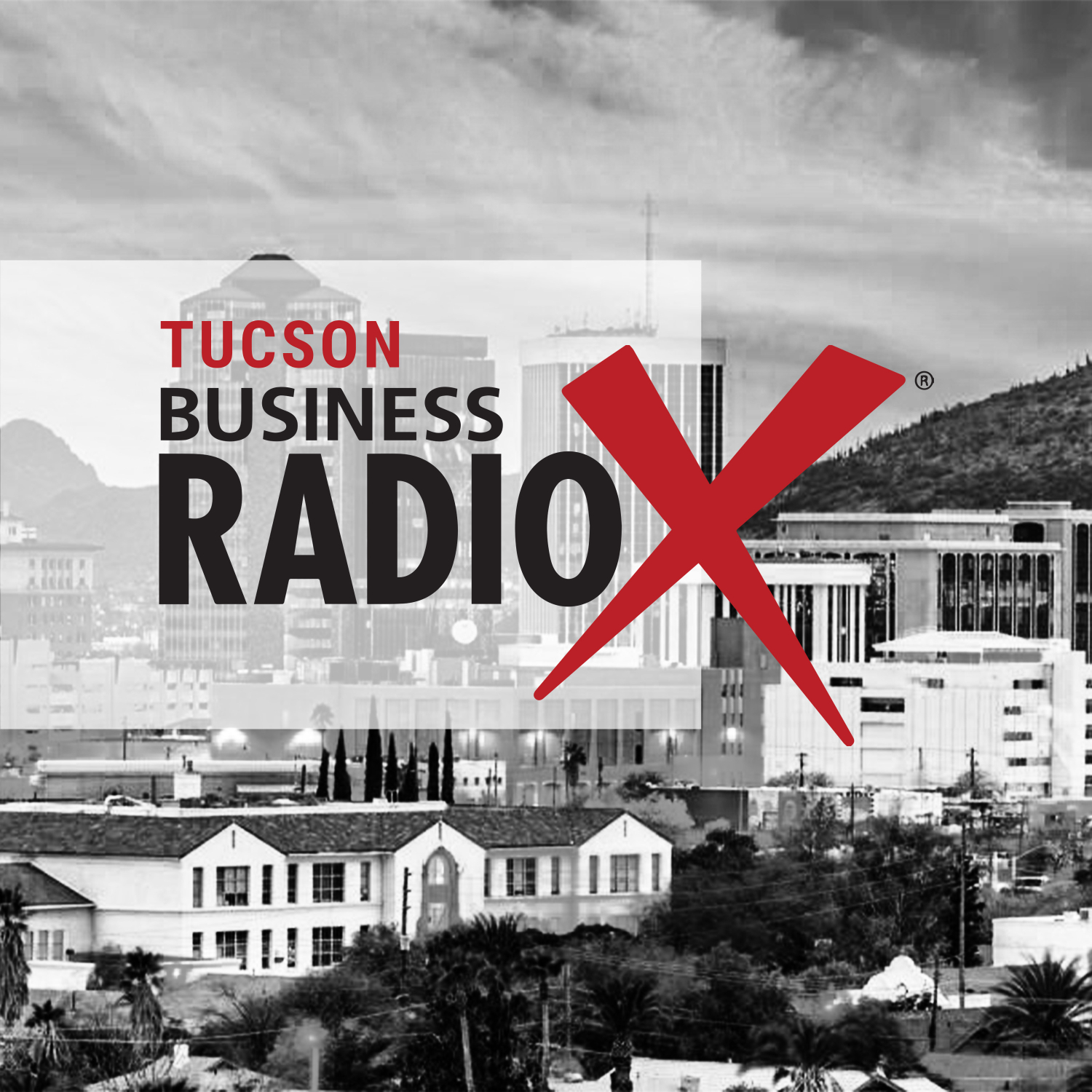
IBM Technology Promotes Food Safety, Reduces Food Waste, and Revolutionizes the Supply Chain
 More About Suzanne Livingston:
More About Suzanne Livingston:
Suzanne Livingston, Director of the IBM Food Trust Network
SOCIAL MEDIA: Linkedin |
As the Director of the IBM Food Trust Network, Suzannebrings transparency, accountability, and traceability to the food supply chain using blockchain. Prior to blockchain, Suzannelaunched, and scaled new offerings for IBM, including social software, cloud collaboration, and the fintech platform for developers. Suzanne leads product management organizations with a collaborative, inclusive approach that has been on the frontlines of product management, engineering, and user experience. Suzanne founded the MIT Product Management Club, was a Product Management 101 & 102 Teaching Fellow at Harvard Business School.
World Food Safety Days, June 7, 2020, and was created by the World Health Organization (WHO) to draw attention and inspire action to help prevent detect and manage foodborne risks, and other challenges impacting global food safety. One thing many don’t realize is how common foodborne illnesses are. In fact, the WHO estimates that 1 in 10 people fall ill due to foodborne diseases each year.
(In the U.S., the Centers for Disease Control and Prevention estimates that roughly 48million people get sick and128,000 are hospitalized from foodborne diseases each year. Additionally, no single end-to-end view of food delivery exists, making it difficult to manage safety issues within the supply chain when contaminations like Ecoli emerge, causing costly delays and impacting public health).
IBM has found new ways to apply technology to add traceability to the food supply chain, combat foodborne illness, reduce food waste, and solve other challenges with the global food supply chain.
Blockchain technology provides solutions for a variety of issues plaguing the global food supply and the supply chain. A blockchain network can permanently store data through a growing list of records, called blocks, that are linked using written codes (cryptography), where each block contains a cryptographic hash of the previous block, a timestamp, and transaction data that cannot be altered. The technology could serve as an alternative to traditional paper tracking and manual inspection systems, which can leave supply chains vulnerable to inaccuracies.
For example, Kvarøy Arctic, a Norwegian salmon producer, will begin providing products to Whole Foods stores in the United States with this tracking technology via a QR code. In production, members of the supply chain will download and use an app to scan each salmon lot at each point of receipt. KvarøyArctic then can grant permission to the distributor and retail partners, allowing them to see data about the grade of feed used, the population and density of the habitats the salmon were raised in, their age, harvest date and more, helping keep suppliers, and eventually customers, more informed about where their food came from.















